© Copyright 2007 by the Wyoming Department of Employment, Research & Planning
Vol. 43 No. 12
The number of hires into State Government among older workers nearly doubled from 1994 to 2005. More hires came from Wyoming State Government sources than from other sources. The number of hires among people 55 or older in Wyoming hospitals generally increased from the mid-1990s to the mid-2000s. The trend in aging for older hospital workers is similar to that of older government workers.
Source and destination analysis defines the market movement of employees and can provide valuable insights for human resource management. For example, when historical patterns reveal that few employees originate from a given location or sector of the economy, recruitment efforts there may be unwise. Additionally, identifying and understanding the work destination of those who exit employment may assist employers in developing or improving retention strategies. Understanding the source and destination of labor also will help job seekers such as returning military veterans or college students better position themselves for employment in a particular industry. Incumbent workers will find it useful for making informed choices when considering advancement opportunities.
Methodology
Data for this study primarily came from Unemployment Insurance (UI) Wage Records (Wyoming and 10 Partner Research States: Alaska, Colorado, Idaho, Montana, Nebraska, New Mexico, Oklahoma, South Dakota, Texas, and Utah) and Wyoming’s Quarterly Census of Employment and Wages (QCEW). For illustrative purposes, this report is restricted to the source and destination of hires and exits of employees age 55 or older in State Government, as well as publicly and privately owned hospitals. Although beyond the scope of this article, any industry or firm could be presented in a similar manner.
Glover (2001) previously developed the methodology for determining hires and exits. The methodology for determining the source of hires and the destination of exits is developed here and is based upon quarterly employee/employer transactions. A transaction is defined as an employee’s interaction with an employer. Transactions include, but are not limited to, being hired, exiting employment, and maintaining continuous employment. Because each individual may be involved in more than one employment transaction during a particular reference quarter (e.g., John has two jobs during the second quarter), each transaction is counted separately and will have its own source and destination.
The most recent employer, within the four quarters prior to the reference quarter, is defined as the source of the hire. If there is more than one employer in the most recent quarter, the source is defined as the employer that paid the highest quarterly wage. Employees for whom there is no wage record in the four quarters prior to the reference quarter are defined as coming from an unknown source. Research & Planning may have other useful information about them (e.g., residency), but their employment source, if any, is undefined for our purposes. The same strategy applies to the destination employer in the four quarters subsequent to the reference quarter. The only exception to these general rules applies to employees who re-hire with a prior employer (e.g., seasonal employment). In these cases, the source or destination can be the same employer as the one in the reference quarter. Sample employer/employee transaction scenarios, along with the relevant source and destination designations, are illustrated in Table 1.
Findings for State Government
The number of hires into State Government among persons age 55 or older has nearly doubled, on an average quarterly basis, from 1994Q1 to 2005Q1 (see Figure 1). More hires came from Wyoming State Government sources (e.g., other state agencies) than from other sources (approximately 50 hires on average per quarter since 2002Q3). An example of this is a person hired by the Department of Family Services who left employment at the Department of Health. Wyoming’s private sector was the next largest contributor of hires into State Government (approximately 40 hires on average per quarter in recent quarters). Other government sources (e.g., cities and school districts) also were a notable source of hires into State Government. Additionally, a number of hires each quarter were Wyoming residents (Jones, 2004) who were not employed in the prior four quarters. Very few hires originated from Partner Research States or were nonresidents without a known work history in the prior four quarters.
The pattern of exiting from State Government among persons 55 or older was somewhat different than hires (see Figure 2). Exits increased dramatically during the mid-1990s due to an early retirement option. Exits dropped substantially after this buyout period (second quarter 1996) and then generally increased over time. Among exiters who continued working, many took a job with another state agency (approximately 40 on an average quarterly basis in more recent quarters). Approximately 30 exiters took a job in Wyoming’s private sector, and a handful found employment in Local Government settings. More than 50 exiters (since 2004Q2) did not work but were known to be residents during the reference quarter. It is presumed these individuals retired. The total volume of hires and exits increased over time (see Figure 3). Additionally, the net flow indicates there were more exits than hires in recent quarters. We expect these trends to continue into the future as the population of state employees ages and moves into retirement (see Figure 4). The trend toward increasing exits among older workers could be altered depending upon policy changes directed at retaining them.
Findings for Hospitals
The number of hires among people 55 or older in Wyoming hospitals generally increased from the mid-1990s to the mid-2000s (approximately 70 on average since 2004Q1; see Figure 5). The spike in hiring during 2001Q1 is an artificial increase due primarily to two hospitals changing from public to private ownership. Hires into hospitals among older people came from a variety of sources. More recently, the number of hires originating from other hospitals diminished. The number of hires originating from the private sector, as well as the number from Ambulatory Health Care Services and Nursing & Residential Care Facilities increased. A handful of hires originated from Wyoming government sources and a dozen or so were Wyoming residents who were not working the previous four quarters. A few hires had no work or resident information in the database, perhaps originating from states with which R&P does not have data-sharing agreements (e.g., California). One or two per quarter originated from a Partner Research State. Given the findings, it is clear that the vast majority of hires among older workers originated from within Wyoming.
There were three peaks in hospital exits among people age 55 or older through the 1990s and into the mid-2000s, but the general trend shows an increasing number of exits over time (see Figure 6). As with hires, the large increase in exits in 2001Q1 is artificial. About 10 people a quarter, on average, exited to another hospital and about an equal number found work in Ambulatory Health Care Services and Nursing & Residential Care Facilities. A few older exiters from hospitals (less than 10 since 2003Q4) went to work in Wyoming government each quarter. A substantial portion (about 25-30 each quarter) presumably retired. Only a very few went on to work in a Partner Research State or had an unknown destination.
The net flow among persons 55 or older working in hospitals was generally negative (more exits than hires) throughout the study period (see Figure 7). Further, much like older State Government workers, the trend has been for increasing hiring and exiting behavior among workers 55 or older in hospitals. The trend in aging for older hospital workers is similar to that of older government workers (see Figure 8). As such, we should anticipate increasing amounts of hiring and exiting among older hospital workers.
Summary
Workers in both State Government and hospitals are aging, which is reflected in increased levels of hiring and exiting among persons 55 or older. Wyoming appears to be the primary market source for hires into both State Government and hospitals as very little hiring can be traced to non-Wyoming sources (at least within the timeframe designated here). Retirement was a major destination for older exiters among both State Government and hospital workers. However, a substantial number of exiters from hospitals and State Government obtained other employment in Wyoming subsequent to exiting. Some movement between hospitals occurred for older workers, but it was not as pronounced as the interagency movement within State Government. Internal movement of employees among state departments is probably more attractive than movement among hospitals due to the fact that state benefits (retirement, health care, etc.) are portable between departments, while benefits offered in hospitals may not be as portable to other hospitals.
Although beyond the scope of this article, R&P has gathered survey data from Department of Employment (DOE) employees who plan to leave employment in the next 12 months. This information was compared to Wage Records behavior among (DOE) employees. We found substantial similarities among plans to leave and actual leaving behavior in terms of both volume and stated reasons for leaving (Gallagher, Harris, Jones, Knapp, Leonard, & Saulcy, 2006). Not only does R&P have the tools to retrospectively examine leaving behavior at the industry and firm level but also to conduct prospective survey research to determine likely outcomes.
References
Glover, W. (2001). Turnover analysis: Definitions, process, and quantifications. Retrieved November 30, 2006, from http://doe.state.wy.us/lmi/w_r_research/Turnover_Methodology.pdf
Jones, S. (2004). Worker residency determination, Wyoming stepwise procedure. Wyoming Labor Force Trends 41(8). Retrieved November 30, 2006, from http://doe.state.wy.us/lmi/0804/a1supp.htm
Gallagher, T., Harris, M., Jones, S., Knapp, L., Leonard, D., & Saulcy, S. (2006). Worker Retention and Factors Associated With Retirement. Retrieved November 30, 2006, from http://doe.state.wy.us/lmi/SP_report.pdf
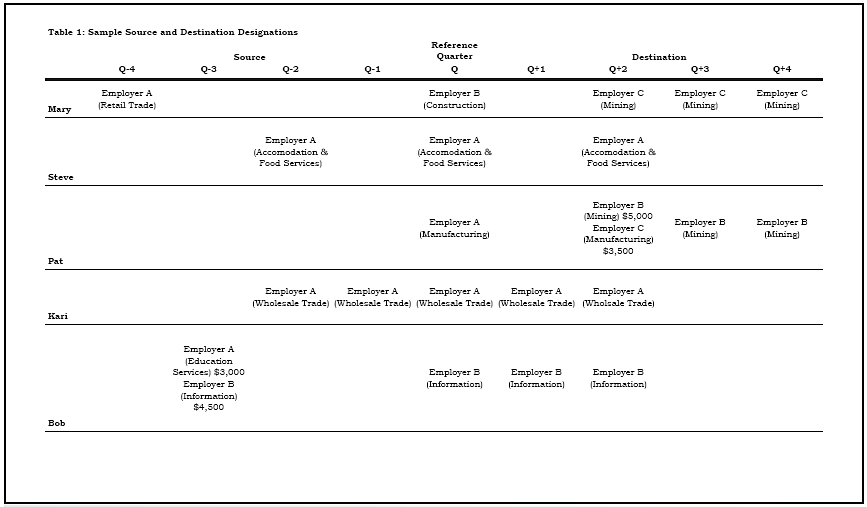
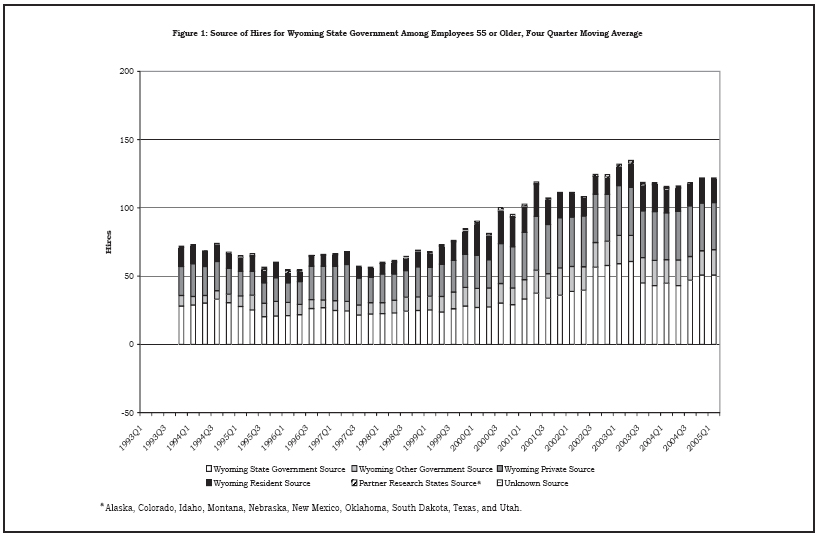
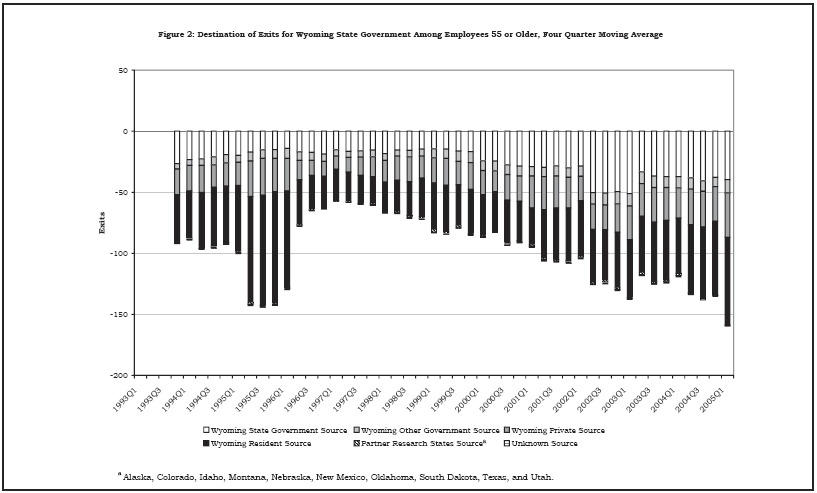
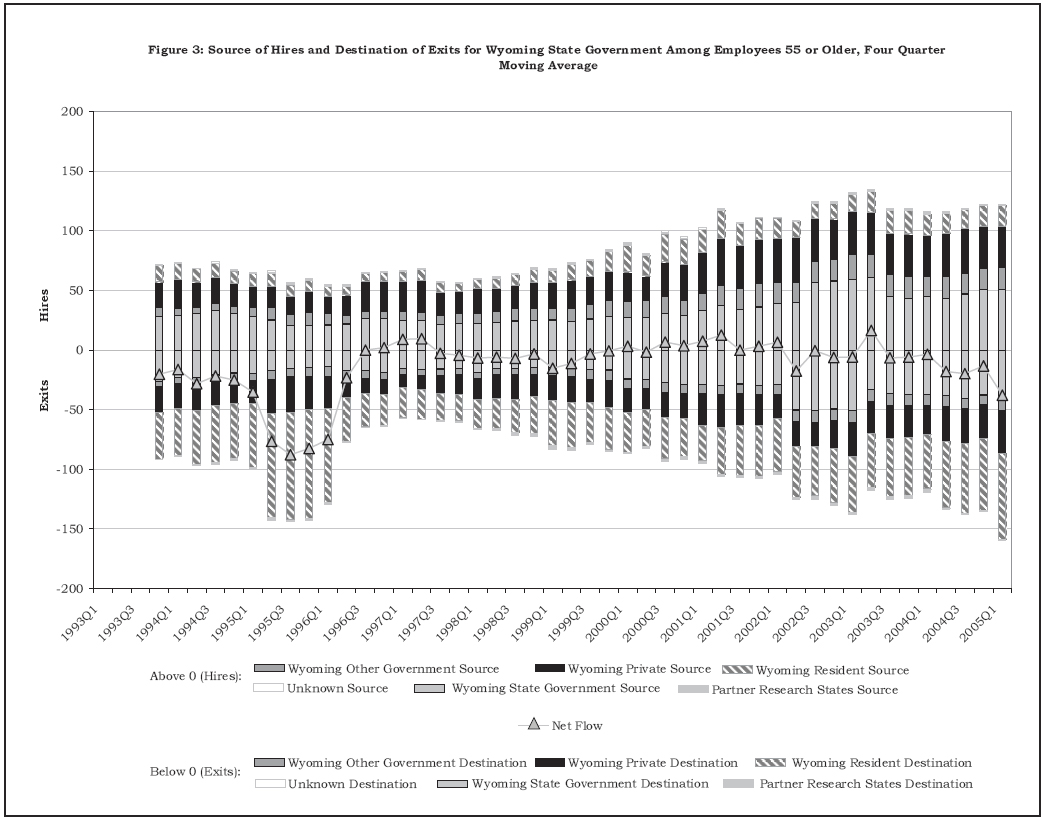
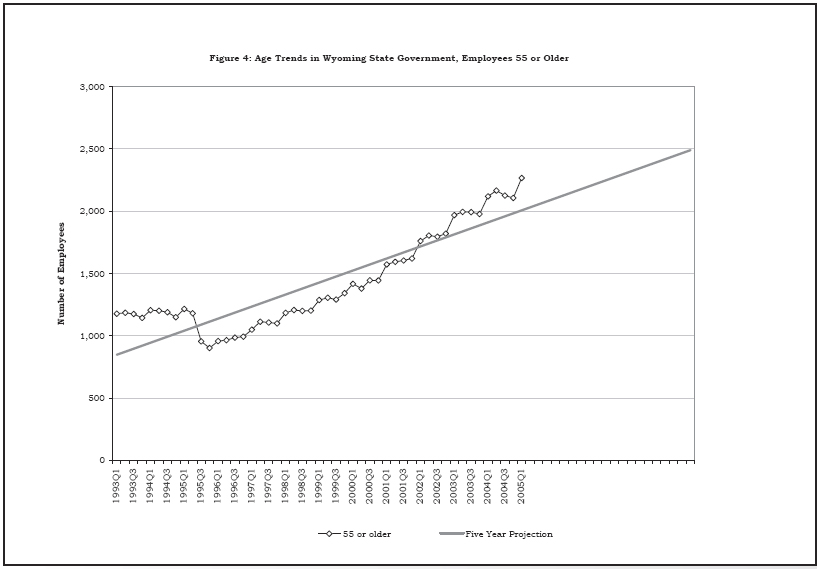
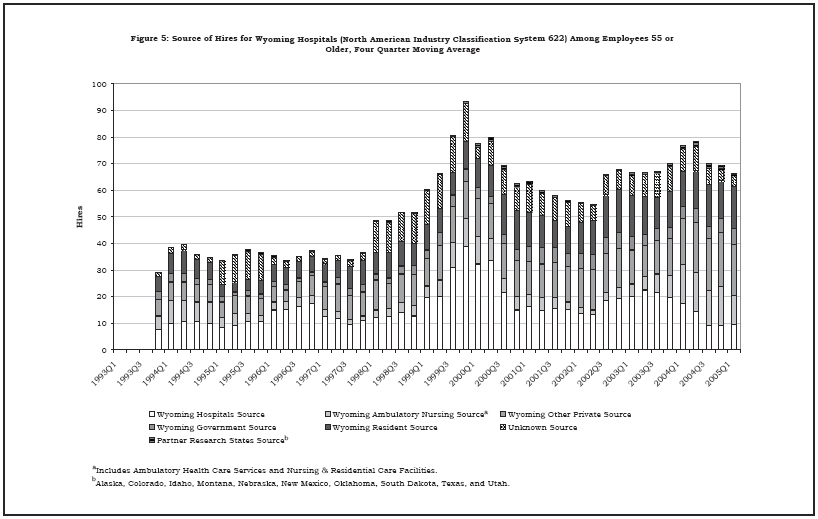
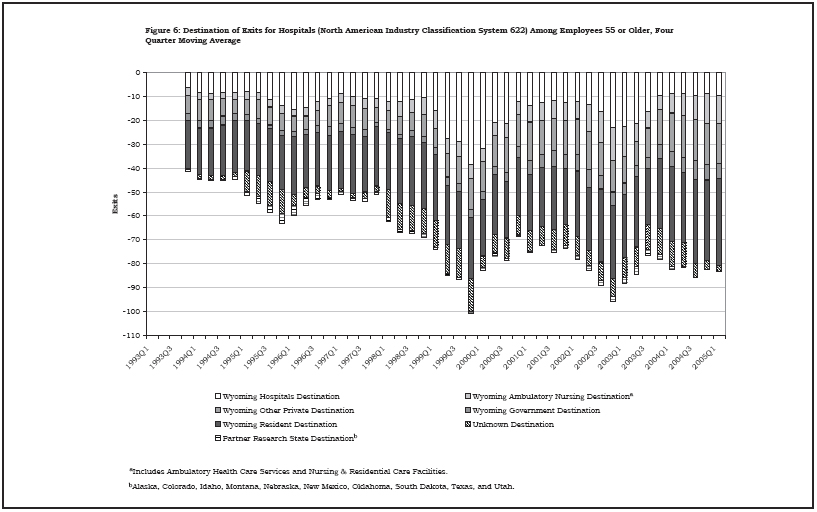
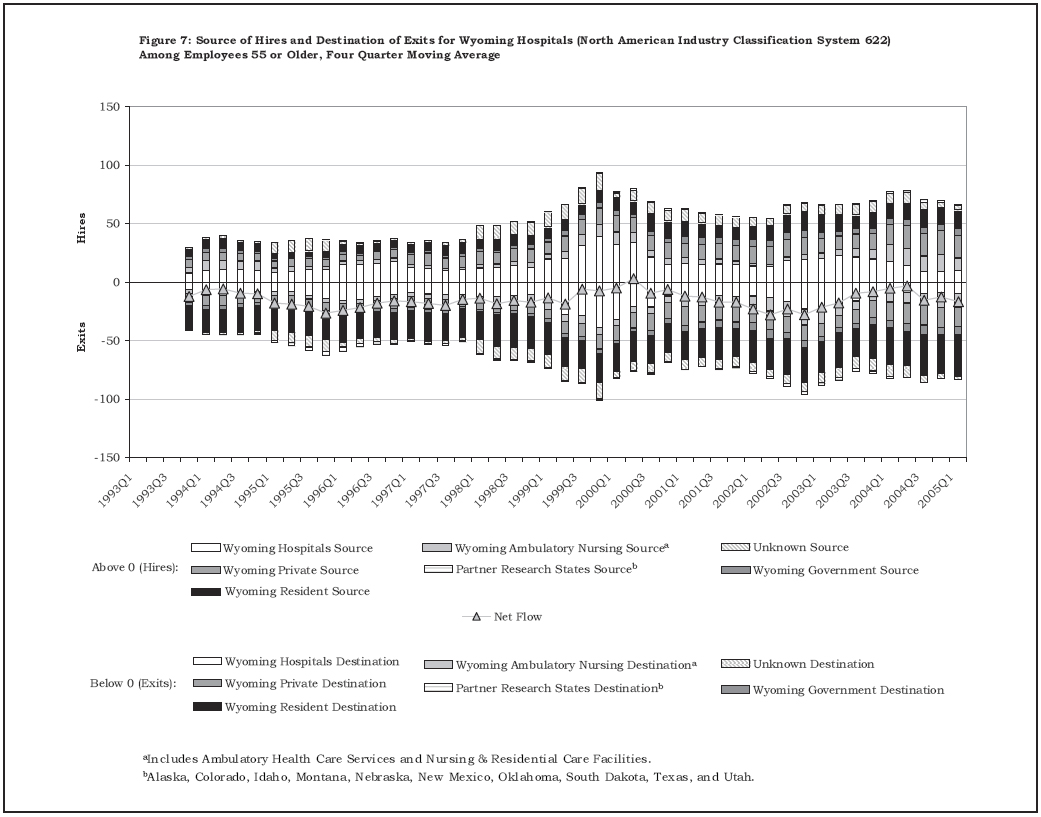
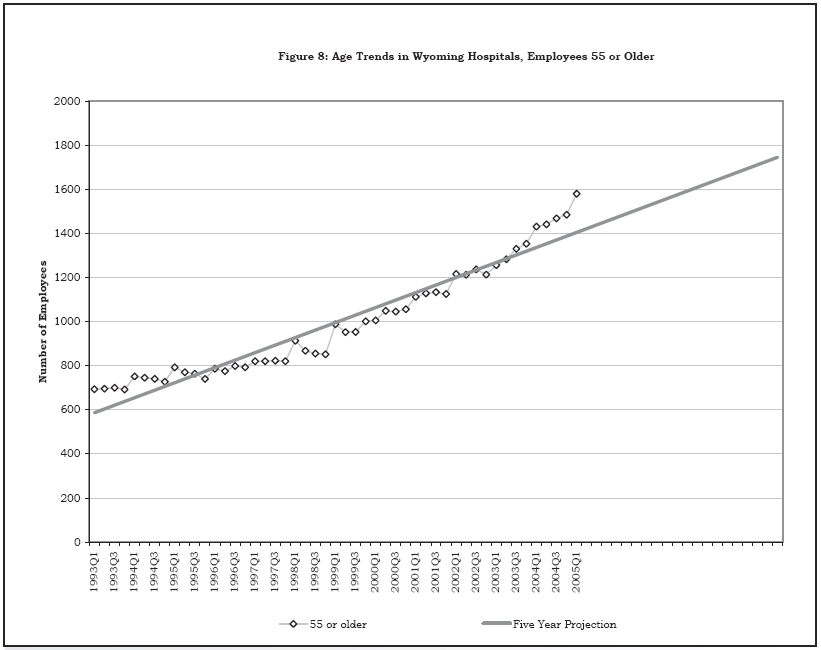
Table of Contents | Labor Market Information | Wyoming
Job Network | Send Us Mail
Last modified on
by Phil Ellsworth.